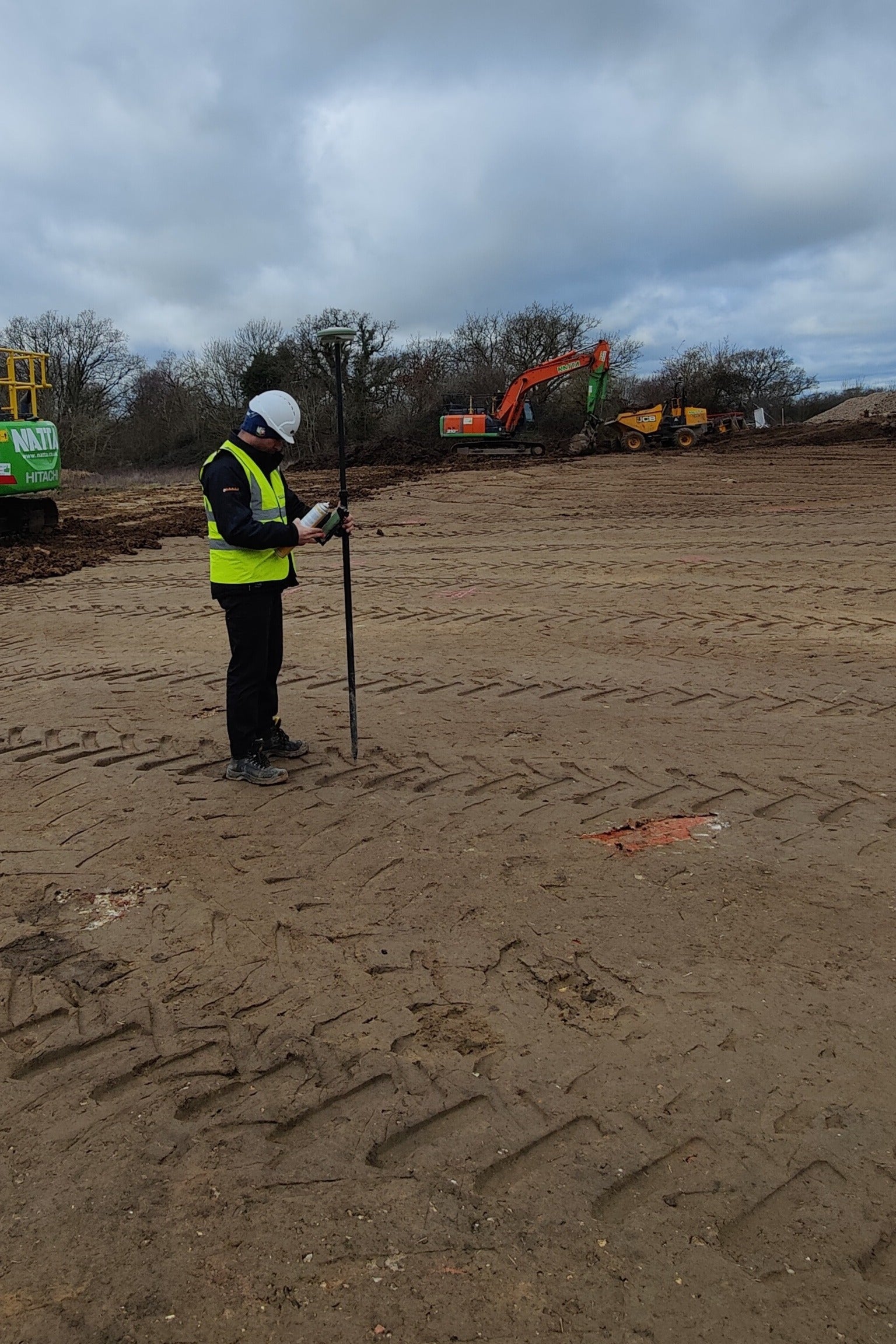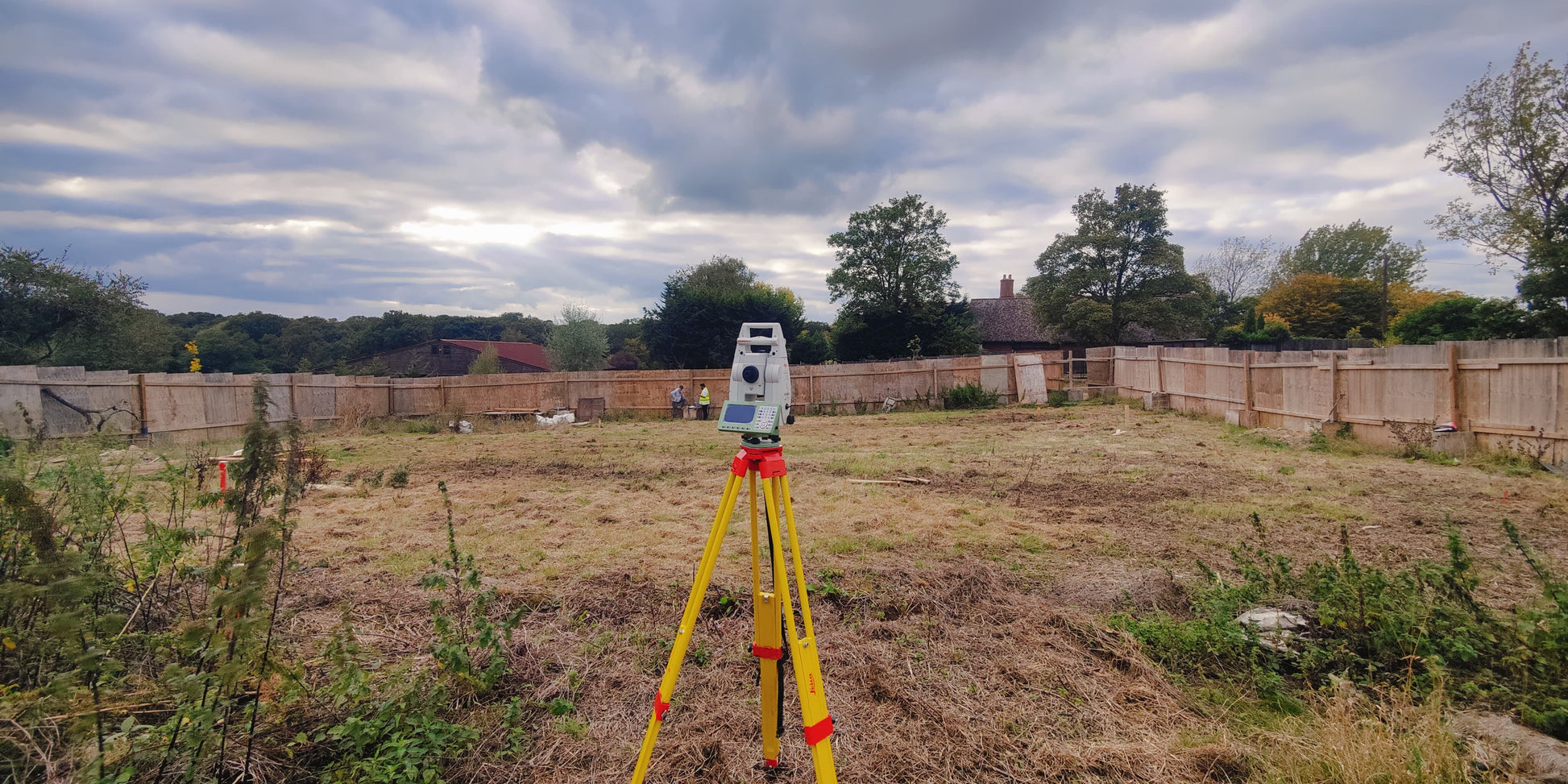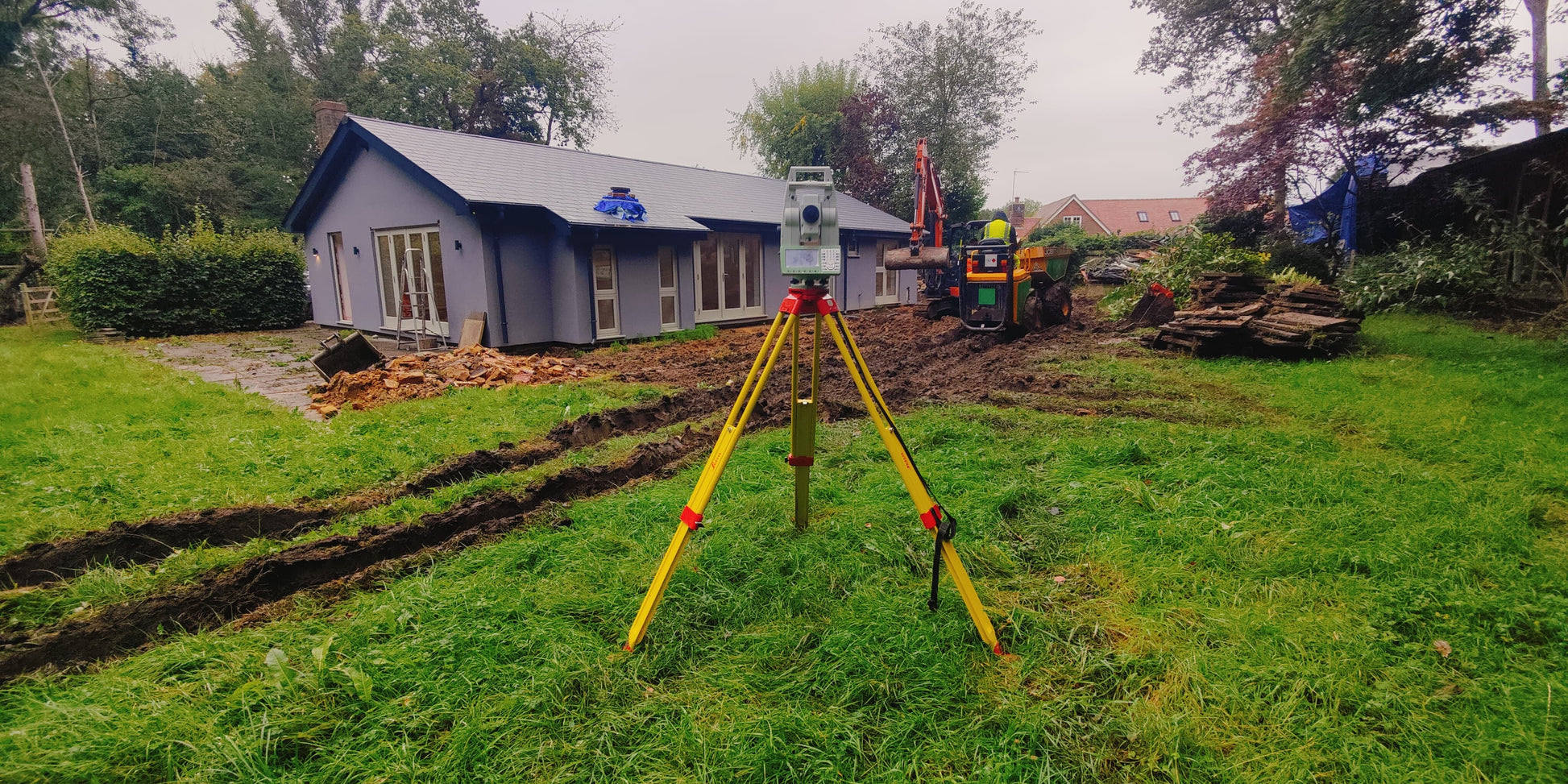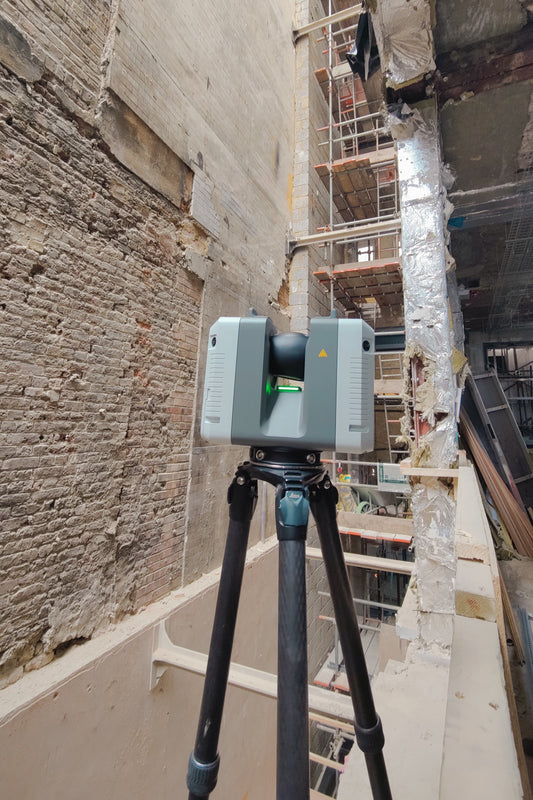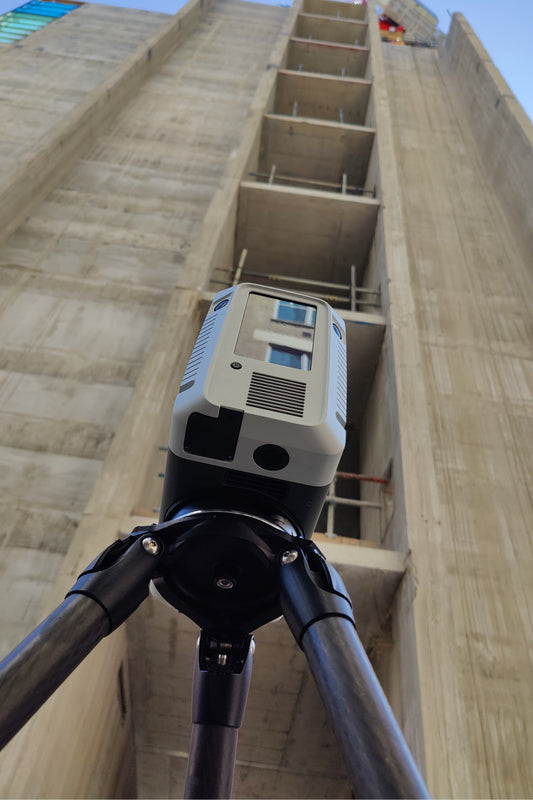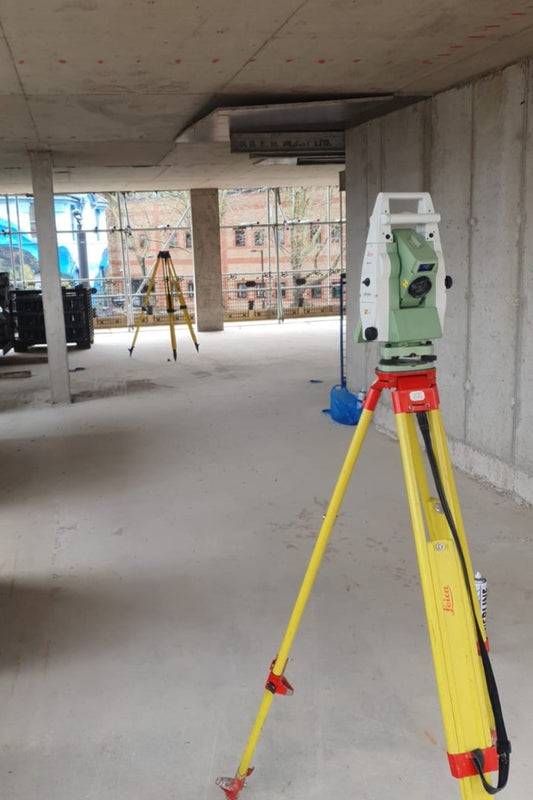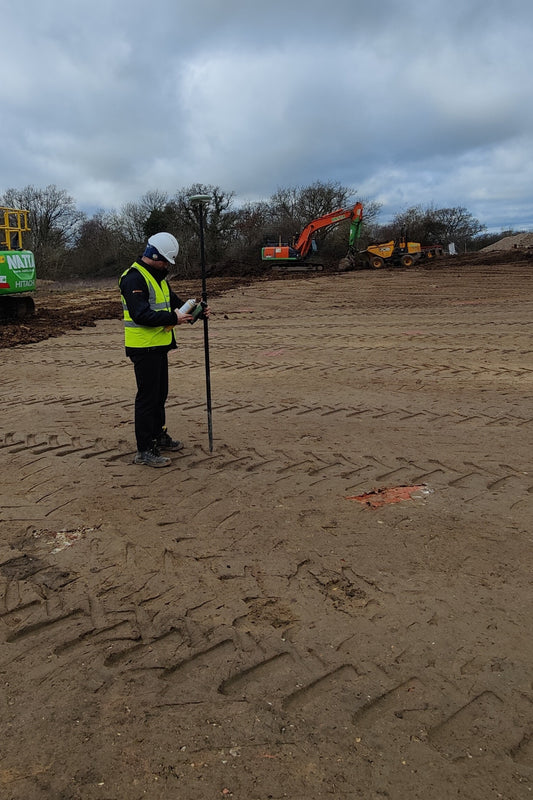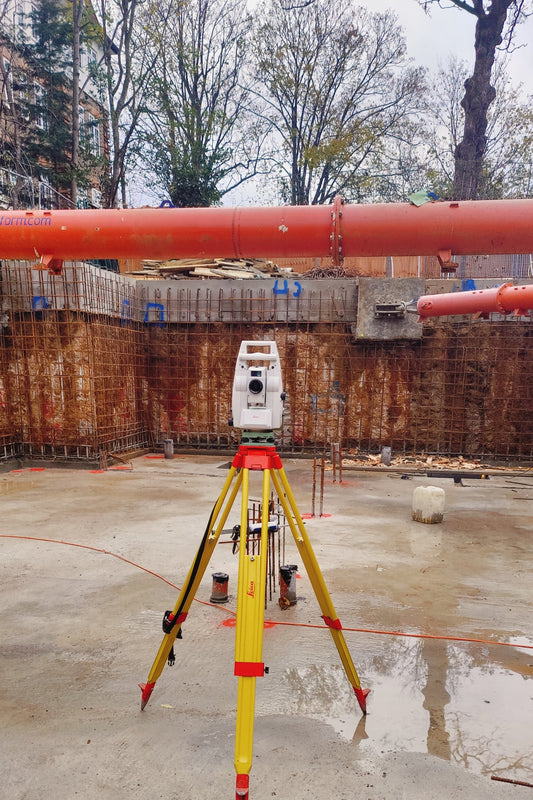Site Control Networking
Site Control Networking
Site control networking refers to the process of establishing a system of accurate reference points (control points) across a construction site to guide measurements and ensure precise alignment of the project. These reference points serve as a foundation for all other surveying activities on the site, helping to maintain consistency and accuracy throughout the survey and construction process.
Key Elements of Site Control Networking:
Control Points: Precise, known locations on the site, usually marked with physical markers (such as stakes or nails) or recorded in coordinates. These points are often tied to a larger national or regional geodetic network.
Datum: A base reference point or system used to ensure all measurements are taken consistently, whether for height (elevation) or position. It could be a local or global coordinate system, such as the Ordnance Survey in the UK or the Global Positioning System (GPS).
Traverse: A series of connected survey points, often established by measuring angles and distances from one control point to another. Traversing is used to set out the network of control points across the site.
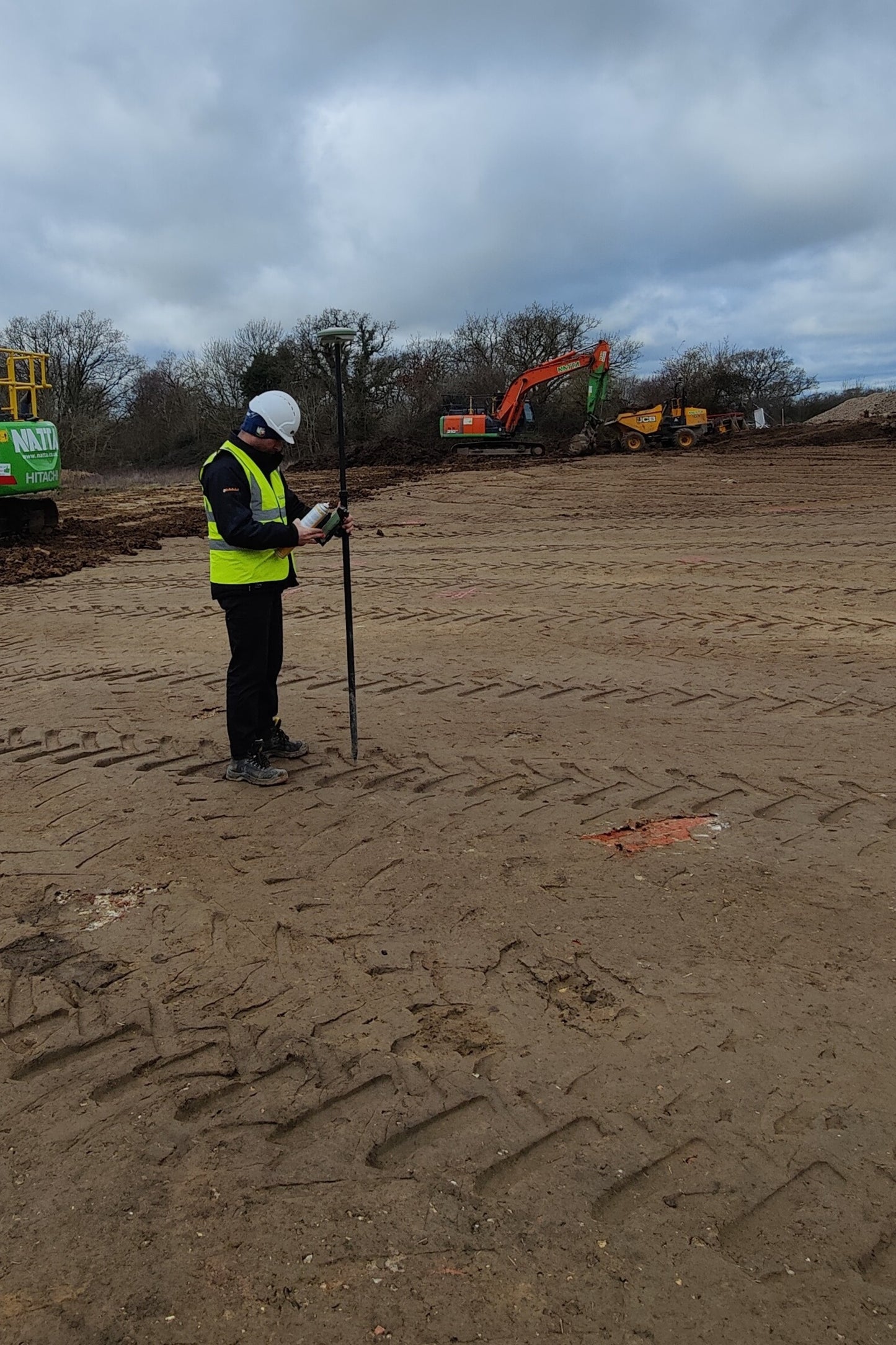
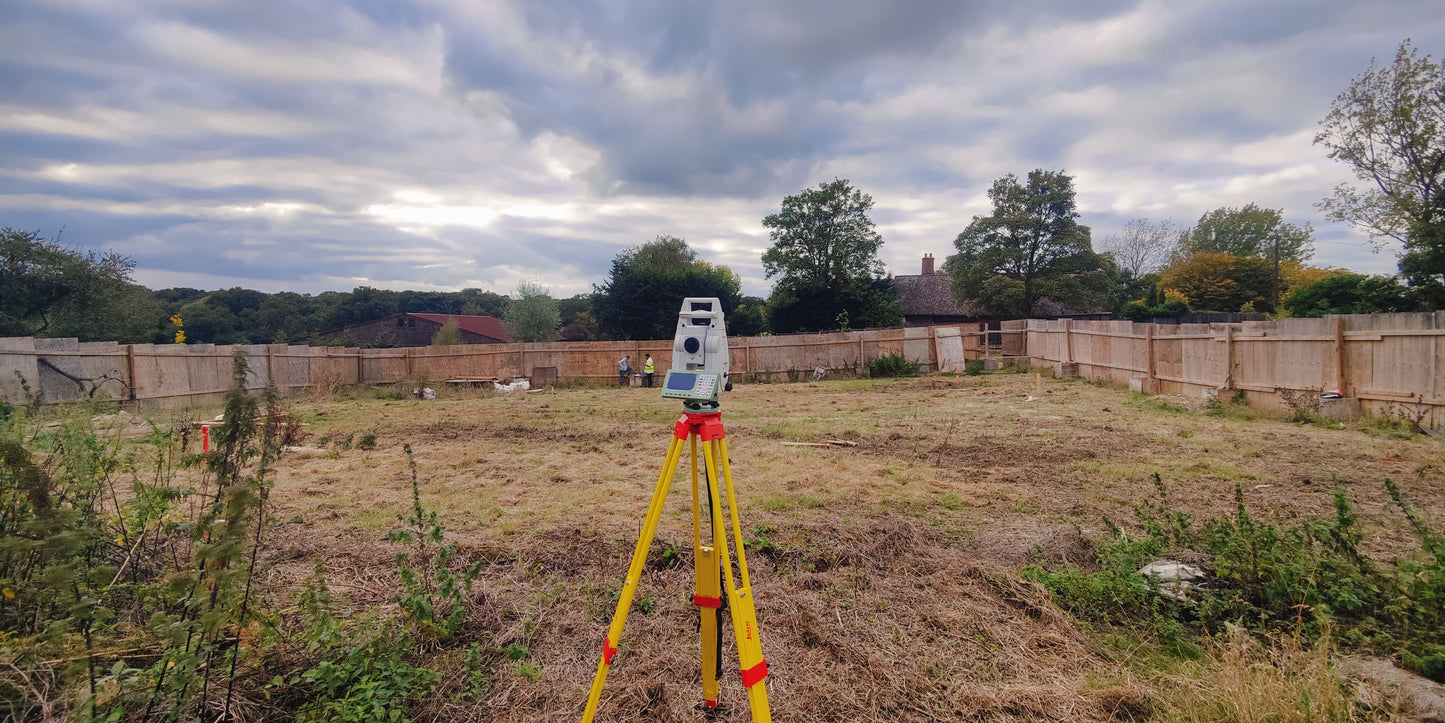
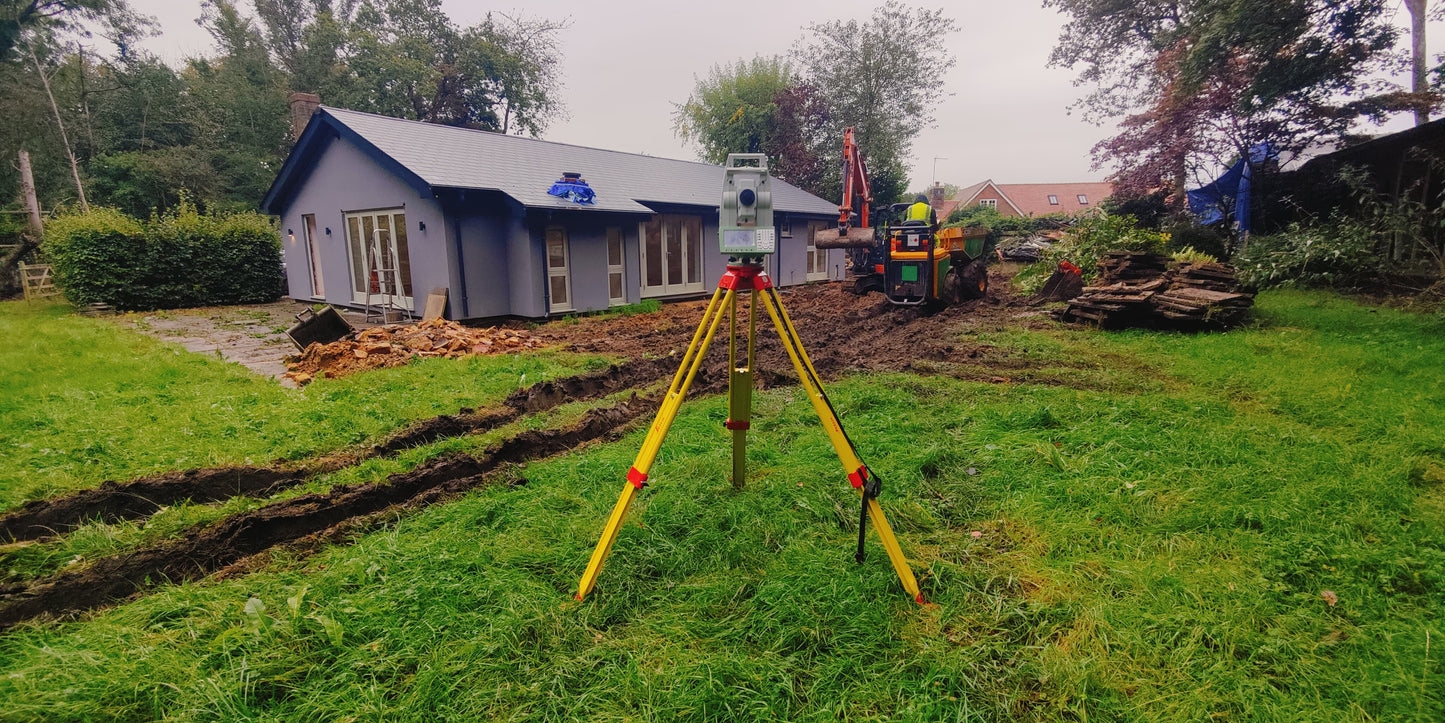

Explore our website for more information about our services.
Ready to get started? Contact one of our engineers today to discuss your project.
-
3D Scanning And Modelling
Regular price $0.00 GBPRegular priceUnit price / per -
As Built Surveys
Regular price $0.00 GBPRegular priceUnit price / per -
Full Measured Building Surveys
Regular price $0.00 GBPRegular priceUnit price / per -
Site Control Networking
Regular price $0.00 GBPRegular priceUnit price / per -
Site Setting Out Engineering
Regular price $0.00 GBPRegular priceUnit price / per -
Structural Movement Monitoring
Regular price $0.00 GBPRegular priceUnit price / per -
Topographical surveys
Regular price $0.00 GBPRegular priceUnit price / per -
Volume and Stockpile Survey
Regular price $0.00 GBPRegular priceUnit price / per

